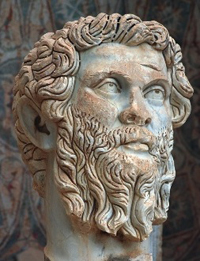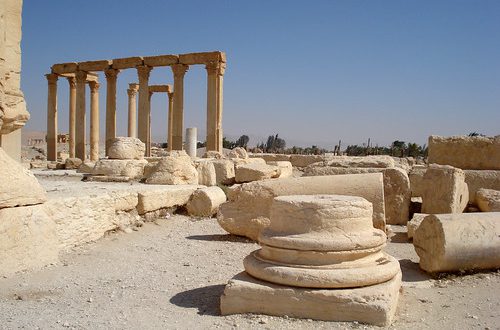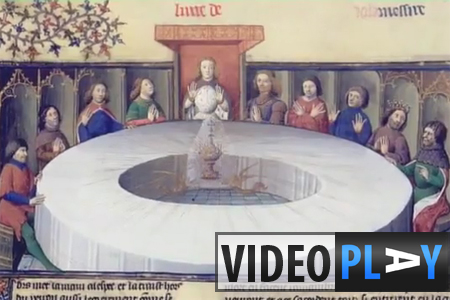Preserved Mori heads donated to a museum by a collector with a keen interest in natural history. A hand and a few odd bones gifted to a Swedish museum by a sea faring captain.
According to details released this week to coincide with the repatriation of Mori ancestral remains to New Zealand, having a preserved head in the corner of your office at work was just the done thing during the 19th century.
The recent return by two Swedish museums of Maori remains is part of a large-scale repatriation programme under way at New Zealands national museum.
In all, some 33 Mori ancestral remains were repatriated to the Museum of New Zealand Te Papa Tongarewa during November, with the remains recovered from five institutions in four European countries.
In addition to the Natural History Museum and the Museum of World Culture, both in Gothenburg, the National Museum Wales, Cardiff, Hunterian Museum at Glasgow University in Scotland and Trinity College Dublin are all participating in handovers.
It is the largest repatriation to take place at the New Zealand museum since 2007, when 45 skeletal remains were repatriated from British museums.
Included in the repatriation are kiwi tangata (skeletal remains) and four toi moko (tattooed preserved heads). The remains were received at Te Papa during a ceremony on November 30.
This is both a time for sad reflection on the turbulent journeys these ancestors experienced and, at the same time, a cause for joy and hope as they are returned, says Michelle Hippolite, Te Papas Acting Chief Executive. I thank the institutions involved for their positive decisions to repatriate and for their support in the repatriation planning.
A Preserved Head the Perfect Gift for the Museum in Your Life
The Museum of New Zealand Te Papa Tongarewa released detailed information about some of the returned remains.
The Hunterian Museum, for instance, agreed to repatriate four toi moko. Thomas Steel, a Glaswegian with a keen interest in natural history donated three of these to the museum in 1886. Steel was an ardent collector from an early age, apparently, and its likely he obtained the toi moko while working for the Colonial Sugar Refining Company in Australia, Auckland, New Zealand and Fiji (the sale of Mori heads to European traders in the 19th century was not uncommon). Its reported that during his time with the firm, his corner in the Laboratory of the Colonial Sugar Companys Buildings was full of all kinds of natural history specimens”.
Trinity College, meanwhile, agreed to repatriate four kiwi tangata, consisting of three skulls and a complete skeleton. The female skeleton is provenanced to a False Islet Catlin River and was excavated by a Dr Will c. 1889. There is little information about the other skulls, other than that one was donated by an R Crocker Smith and another was donated by a TW Warren, both dates unknown. The final skull has no donor or date information, though it may have a name: Eahinamane.
National Museum of Wales 20 kiwi tangata from at least 11 different individuals can be traced to Mercury Island, off the north-east coast of New Zealand’s North Island. Mercury Island (known by Ahuahu to the Mori) has a rich history of Mori settlement.
Fewer than Half Maori Remains So Far Returned
The Gothenburg Natural History Museum repatriated a cranium and a near-complete skeleton. These were sent to the museum in 1876 by Sir Julius von Haast, former Director of the Canterbury Museum as part of some sort of exchange. They are thought to have been originally excavated from a peatbog on the north-east coast of New Zealands South Island.
Meanwhile, the Museum of World Culture repatriated a hand, a radius bone and an ulna bone from the left arm of a female. Theyd been ‘gifted’ to the museum on September 18, 1843 by a generous sea captain by the name of R Gavin.
These are just some of the 322 skeletal remains from 12 countries that Karanga Aotearoa, the authority overseeing New Zealands repatriation negotiations, and the national museum have brought home. It is estimated that a further 500 are still awaiting return.
Karanga Aotearoa says some negotiations take less than 12 months, though most take longer.
When remains are finally returned, they are retained at Te Papa on an interim basis until provenance can be proven and the remains returned to their places of origin. Identification can be a difficult and lengthy process. Mori believe that through this return to their domestic homelands, the dead and their living descendants retrieve their dignity. To date, 81 ancestral remains have been returned to their homelands.



